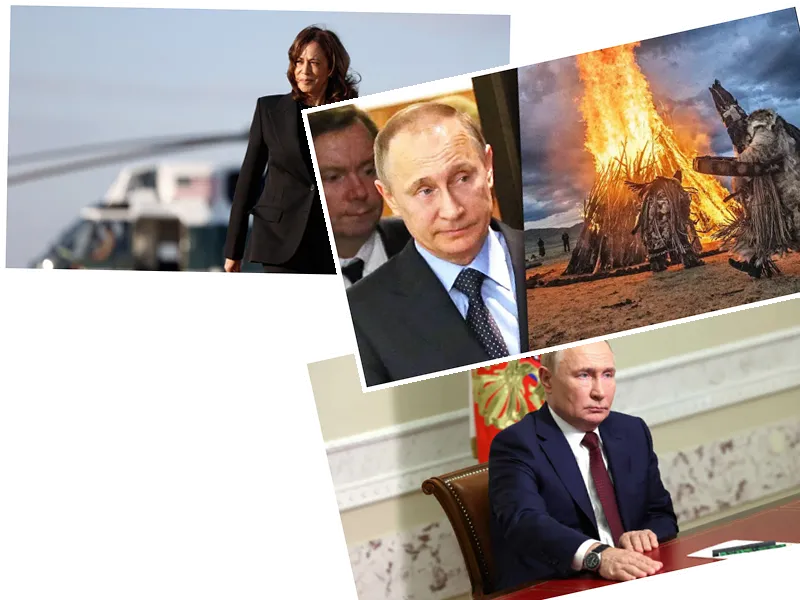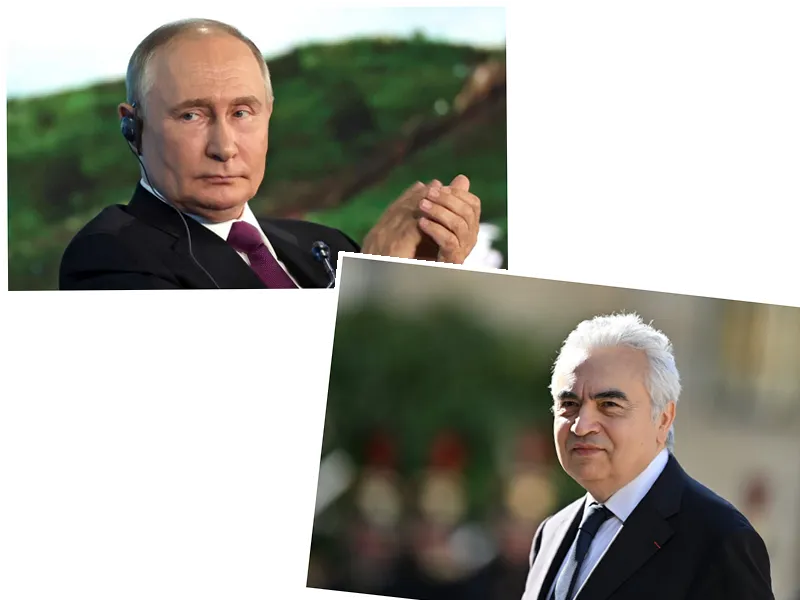Russian President Vladimir Putin has announced an ambitious plan to expand Russia's war economy, funneling unprecedented funds into the military and security sectors. During the 27th St. Petersburg International Economic Forum (SPIEF), it was revealed that more money is now being allocated for military purposes than social spending. With the military-industrial complex becoming the key driver of the economy, Putin is preparing Russia for a protracted conflict that could last decades.
Economist Pyotr Fradkov noted that the Kremlin's substantial investment in the defense sector might prove detrimental in the long run. Since the onset of the Ukraine conflict, Putin has significantly increased military spending. The Kremlin is channeling around 110 billion euros into defense this year, along with 34 billion euros for national security — making up 38.6% of the total budget. This immense focus on the war economy has sparked fears about Russia's economic stability.
Despite sanctions from the West, Russia's economy has shown surprising resilience. However, experts warn that the current war-driven economic growth is unsustainable. Specific sectors, such as oil and gas, have been hit hard. For instance, Gazprom's natural gas exports to Europe plummeted from 174 billion cubic meters in 2021 to just 28.3 billion in 2023, significantly impacting the country's revenue streams. Other challenges include the increasing difficulty of finding buyers for Russian gas and potential setbacks in collaborative projects, particularly with China.
The financial sector is also feeling the pinch. Western sanctions have complicated transactions, leading to a mass exodus of banks from Russia. Institutions from China, Turkey, and the United Arab Emirates have ceased financial dealings with Russian counterparts, further isolating the nation economically. Former finance minister Mikhail Zadornov described the situation as widespread 'blood clots' in the financial system, a sentiment echoed by other Russian financial analysts.
Putin's stance on the international stage remains firm. At the SPIEF, he asserted that Russia possesses a significant stockpile of nuclear weapons, though he dismissed the likelihood of their use. Putin suggested that Russia reserves the right to supply weapons to nations facing military pressure from the West, in what could be seen as a reciprocal measure.
In Ukraine, Putin boasts of military advances, claiming that Russian forces have captured 47 localities and approximately 880 square kilometers of territory since the start of the year. Despite facing logistical challenges, the Kremlin continues to recruit soldiers, with over 160,000 enlisting since January 2024. The Russian government, however, does not foresee another wave of mobilization.
Putin also reiterated that all military conflicts historically end in some peace agreement, but emphasized the need for terms favorable to Russia. He accused the West of duplicity in negotiations and reaffirmed Russia's determination to achieve victory by securing agreements that align with its strategic interests.
- At the SPIEF, First Deputy Prime Minister Denis Manturov explained the government's extensive list of instructions aimed at bolstering the defense sector. This initiative is part of a broader strategy to enhance production capabilities for weapons and ammunition.
- Despite facing significant challenges, the Russian economy's reliance on fossil fuels continues. The dramatic decrease in natural gas exports to Europe, primarily due to the conflict in Ukraine, has had a severe impact. The future of major projects, such as a crucial gas pipeline with China, remains uncertain due to geopolitical tensions.
- The outflow of capital has been stymied by Western sanctions, creating what some describe as a 'closed steam boiler full of money.' This metaphor highlights the difficulties in moving financial assets out of Russia, as numerous countries have frozen Russian accounts.
- Putin has also underscored the continued strength and advancement of Russian military technology. He highlighted that the defense industry has increased projectile production by 20%, indicating a significant boost in military capability over the past year.






